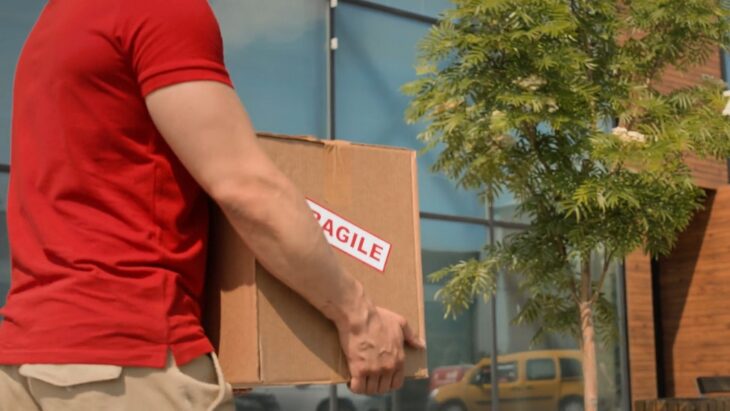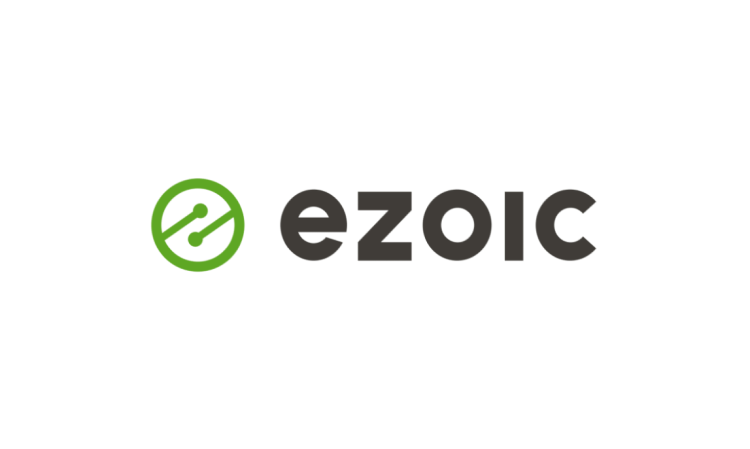Starting a local moving or hauling service offers an excellent opportunity to enter a profitable and essential market.
With many families, renters, and businesses needing reliable transport solutions, small-scale operations can thrive when planned carefully.
Success begins with clear direction, legal compliance, smart investments, and steady growth.
Table of Contents
Toggle1. Define Your Business Niche and Services

Before buying a truck or printing business cards, deciding what type of service to offer is crucial.
Residential moves typically involve helping families or individuals relocate to new homes.
Commercial services focus on:
- Offices
- Retail spaces
- Industrial settings
Specialty services may target fragile items, antiques, or pianos, while hauling-only operations can offer junk removal or large item transportation.
Options also include full-service moving, where everything is handled by your team, or self-service setups where clients load their own belongings.
Add-on offerings like packing and unpacking assistance, temporary storage, and packing supply sales can generate extra income.
Clear service definitions help target the right clients and make marketing more effective.
2. Develop a Business Plan

A solid business plan gives structure to the vision. Begin with an executive summary and long-term business goals.
Conduct market analysis to measure local demand and research competitors to identify what they lack. That will help craft a strong, unique selling proposition (USP).
Include a target customer profile. Are you serving apartment dwellers, suburban families, or small businesses?
Outline projected costs and revenue, along with startup and growth timelines. Don’t skip a funding strategy, even for self-funded ventures.
Operations and marketing strategies should address early operations, brand identity, local advertising methods, and plans to scale up efficiently.
3. Get Insurance and Protect Your Business

Accidents and damages are part of the risk in any hauling or moving operation. Adequate insurance provides financial protection and improves client confidence.
Start by securing policies that match the scope of services.
Basic coverage should include:
- Commercial auto insurance to cover damages, theft, and third-party liability for company vehicles
- General liability insurance to handle claims of property damage or bodily injury at client locations
- Cargo insurance to protect client belongings during transport
- Workers’ compensation insurance when hiring part-time or full-time staff
If offering specialty services involving antiques, fragile goods, or long-distance transport, higher coverage limits or specialty riders may be required.
An insurance broker familiar with moving or logistics operations can explain which policies offer the most coverage without wasting money on irrelevant options.
If your drivers are ever involved in legal trouble such as a DUI, having proper legal resources can be crucial — click here to learn about DUI laws and defense options in Santa Ana.
Revisit policies annually and update them with any changes in staff size, services offered, or vehicles added.
Being overinsured drains resources. Being underinsured can collapse a business after a single claim.
4. Handle Legal Structure and Licensing
Choosing the right legal structure is essential. A sole proprietorship may be simple, but it offers little liability protection. LLCs provide a flexible mix of protection and tax benefits. Corporations are suited for larger or investor-backed operations.
Register a business name with your state and apply for an Employer Identification Number (EIN) through the IRS.
Licensing needs depend on local regulations, but may include:
- Department of Transportation (DOT) number
- Commercial Driver’s License (CDL) if driving large trucks
- Local business and hauling permits
Start compliant to avoid costly delays or fines.
5. Estimate Startup Costs and Purchase Equipment

Startup costs depend on the range of services planned. A single hauling truck may require a different investment than a full-service moving fleet. Vehicles form the backbone of operations, and choosing between leasing or purchasing impacts long-term costs.
Buying used trucks can save money, but they must pass a thorough mechanical inspection and meet safety regulations.
Initial spending doesn’t end with the vehicle. Essential equipment forms the next layer of cost, and investing in reliable tools ensures jobs run smoothly.
Common gear includes:
- Moving dollies and hand trucks
- Furniture pads and moving blankets
- Ratchet straps, bungee cords, and tie-downs
- Reusable boxes, shrink wrap, and tape
- Basic tools for disassembly and assembly
Presentation also matters. Professional appearance can influence a customer’s trust, so branding should not be overlooked.
Budget for:
- Branded uniforms or matching work shirts
- Vehicle decals or wraps
- Printed business cards and door hangers
Ongoing expenses such as fuel, vehicle maintenance, parking, tolls, and business-related mobile phone usage should be accounted for in monthly budgeting.
6. Build Operational Processes
Operational structure helps maintain consistency and efficiency. Scheduling software can coordinate jobs and track customers.
Templates for estimates and invoices streamline communication and payment collection.
Protocols for packing, loading, and transporting reduce risks and improve professionalism. Even a solo operation should follow consistent procedures to improve safety and reliability.
Staff training, if applicable, should cover lifting techniques, customer service, and handling fragile items.
Bookkeeping or CRM software like FreshBooks, Jobber, or Xero can track income, manage schedules, and maintain records to ensure nothing slips through the cracks.
7. Market Your Business Locally

Local visibility fuels inquiries and bookings. Most people prefer hiring movers they can meet in person or verify through local reviews.
Invest in building a consistent and recognizable presence in your service area.
Essential marketing efforts include:
- Creating a mobile-friendly website that lists services, pricing, reviews, and contact information
- Optimizing the site for local search terms and linking it to your Google Business Profile
- Registering on review platforms like Yelp, Angi, Thumbtack, and Nextdoor
Visual marketing makes a big difference. Boost exposure by using:
- Branded vehicle wraps or magnetic signs
- Custom flyers delivered door-to-door
- Business cards left at real estate offices, apartment complexes, or storage facilities
Social proof remains a major influence in local service selection. Encourage satisfied customers to leave reviews and photos.
8. Start Small and Scale Strategically
Growing too quickly leads to overspending, low-quality service, and poor customer experiences.
Starting lean gives time to test systems and learn what customers expect.
Focus first on essential services that meet common needs, like labor-only moves or single-truck relocations.
Use those first jobs to:
- Collect customer feedback
- Ask for reviews and testimonials
- Evaluate profit margins and job timelines
- Identify which services generate the most return
Once operations run smoothly and profits are steady, begin expanding the service list or team.
New hires should be trained with existing systems in mind to maintain consistency.
The Bottom Line
Building a moving or hauling service doesn’t require massive capital, but it does demand planning, legal preparation, and smart scaling.
Each step above contributes to steady progress and positions a new business for long-term sustainability and trust in the local market.


